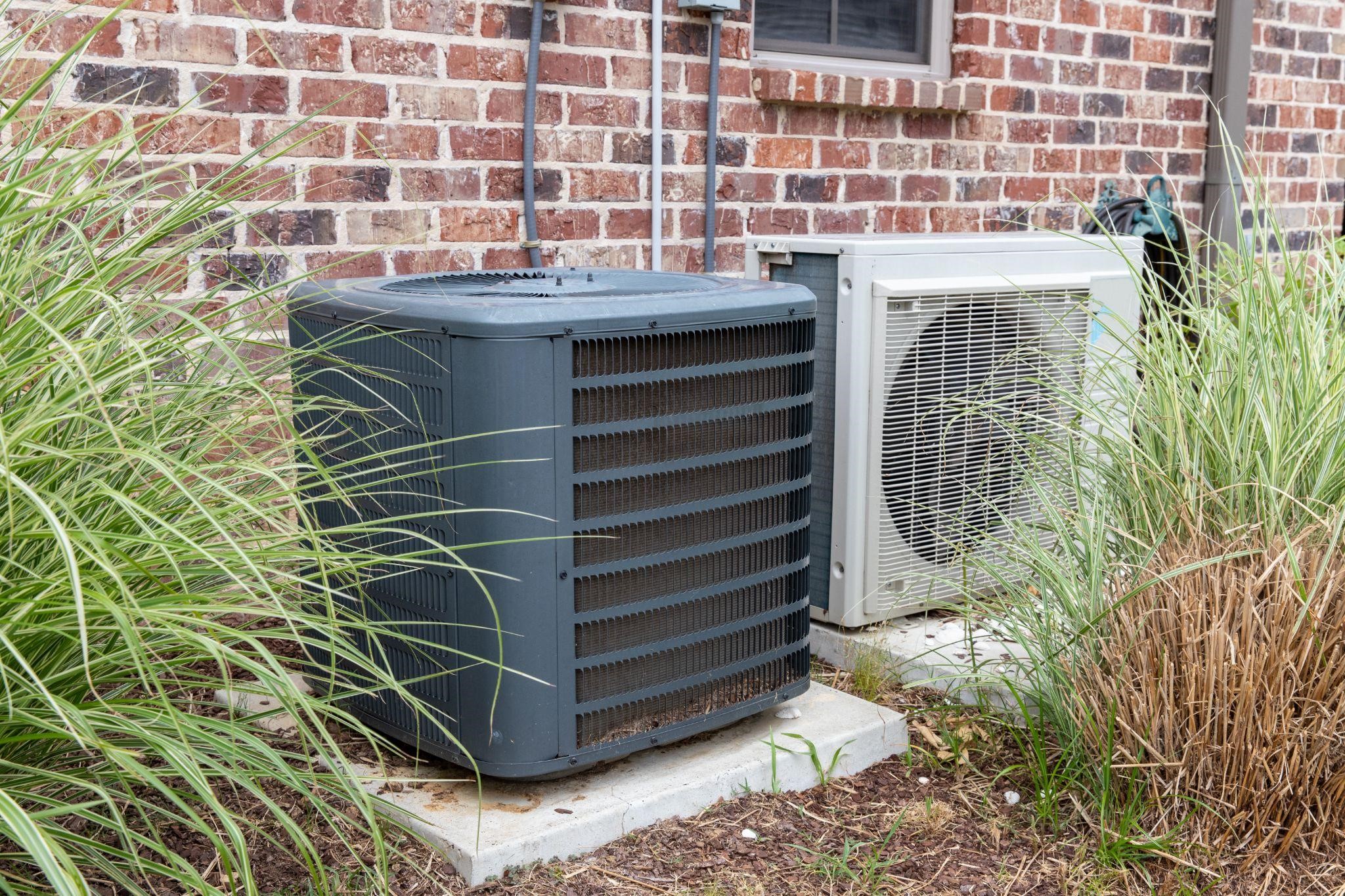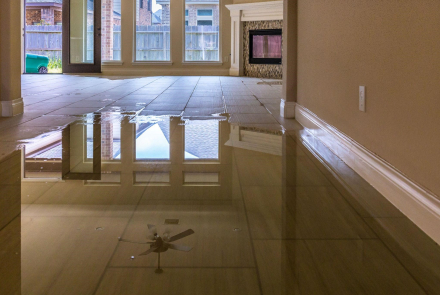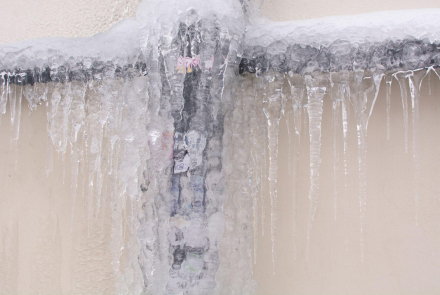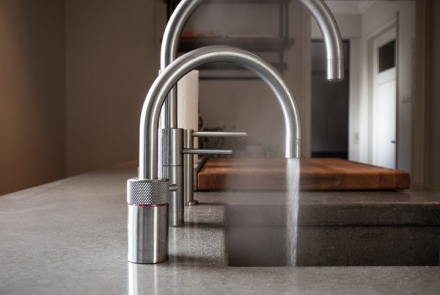If your home does not have an HVAC system or you want to upgrade, you may be choosing between central HVAC and ductless systems. The right system will impact your home’s energy efficiency and monthly utility bills.
Knowing the differences between systems is important so that you can choose the best HVAC system for your home.
What Is a Traditional HVAC System?
A traditional, or central HVAC system, uses ductwork to distribute conditioned air throughout your home. This type of system includes an AC and furnace or heat pump. Vents in each room connect to the ductwork. A central thermostat allows you to set the temperature for your whole house.
Traditional systems work well for homes with existing ductwork or for new construction where builders can install ducts from the start.
What Is a Ductless HVAC System?
Ductless HVAC, or mini split systems, heat and cool your home without the need for ductwork. These systems consist of outdoor compressors and indoor air handling units for each room or zone. They also have remote or wall-mounted thermostats for each space that has an indoor unit.
Ductless systems offer more flexibility. They are good choices for older homes, home additions, or garages.
5 Key Differences of Central HVAC vs Ductless
Installation
- Traditional HVAC requires extensive ductwork and can be more invasive to install.
- Ductless systems are easier and faster to install, often requiring just a small wall opening for the refrigerant line.
Cost
- Ductless systems have a higher cost per unit but lower installation costs and long-term savings on utility bills.
- Central HVAC is less expensive if the ductwork is already in place, but it can have higher energy costs.
Energy Efficiency
- Ductless systems avoid the energy loss that often occurs in traditional systems, and individual temperature control reduces energy consumption.
- Central air requires proper sealing and maintenance to avoid energy loss, and maintaining a single temperature across your home can increase energy use.
Zoning and Comfort
- Ductless systems provide customizable comfort with independent zones.
- Traditional HVAC systems typically maintain a single temperature setting for the whole house, unless upgraded with zoning features.
Aesthetics
- Central systems are discreet, with vents blending into walls or ceilings.
- Ductless systems have visible wall-mounted units, which may not match every home’s decor.
What Kind of HVAC Is Best for My Home?
The best HVAC system for your home depends on your needs. Consider the age and layout of your house, whether ductwork is already installed, and your comfort and energy efficiency goals.
Ductless systems are often an excellent choice for renovations, additions, or areas that require zoned temperature control. They are also a good solution if installing ductwork isn’t an option.
Central HVAC systems make the most sense for new constructions or homes with functional ductwork. They’re designed for whole-home comfort and are ideal for larger homes or open layouts.
If you're replacing an outdated system, it may be worth exploring both options. In some cases, using both ductless and central air can provide significant benefits. This combination offers efficient performance and personalized comfort.
Find the Right HVAC System with Robert Bair
Every home is unique, and so are your comfort needs. Robert Bair’s experienced HVAC technicians evaluate your home’s layout, energy usage, and personal preferences to recommend the best solution.
Whether you're leaning toward a ductless mini split or a traditional central system, we’re here to make the process simple, transparent, and tailored to your goals. Contact us today to schedule a consultation and take the first step toward a more comfortable, energy-efficient home.






